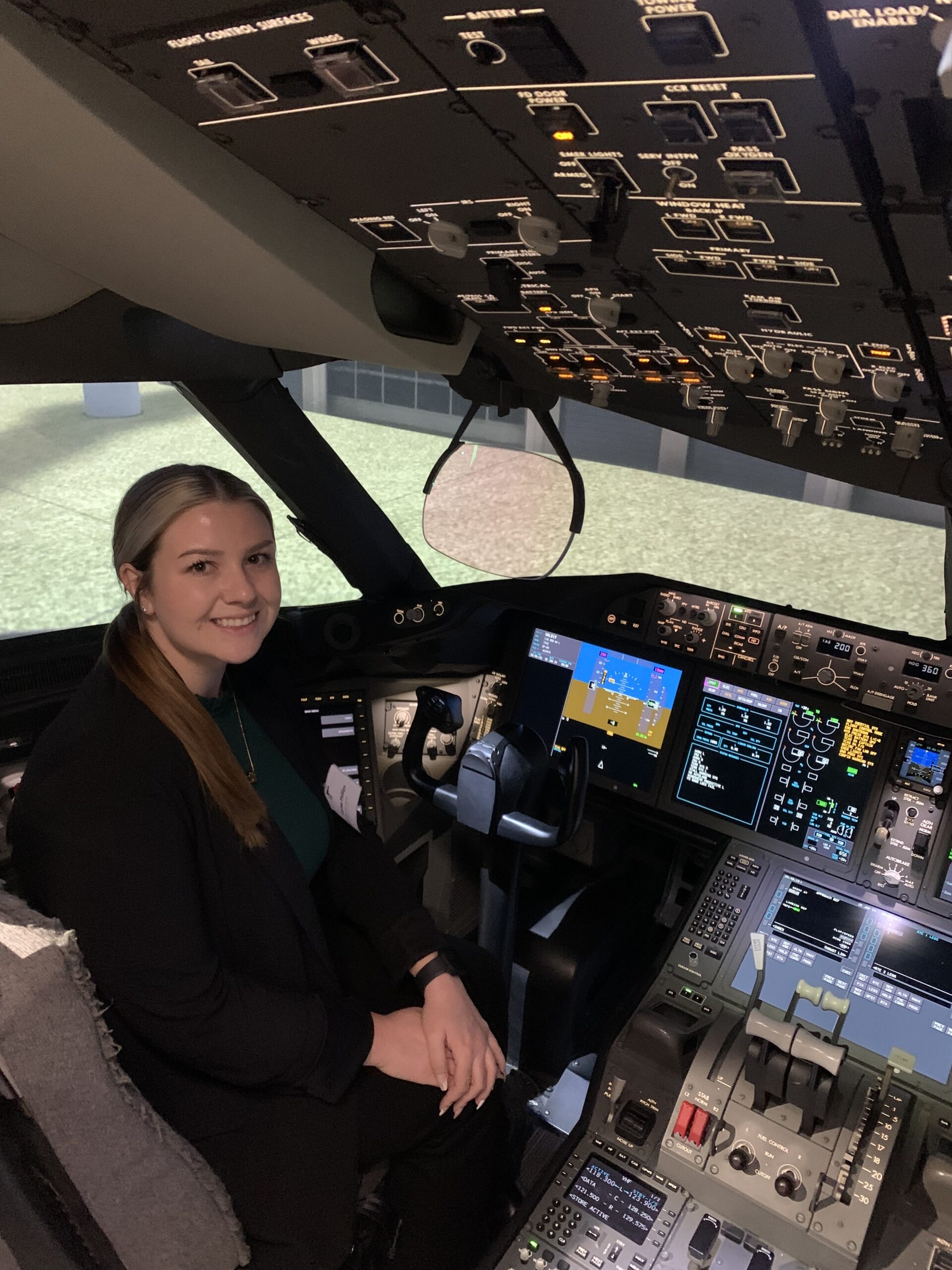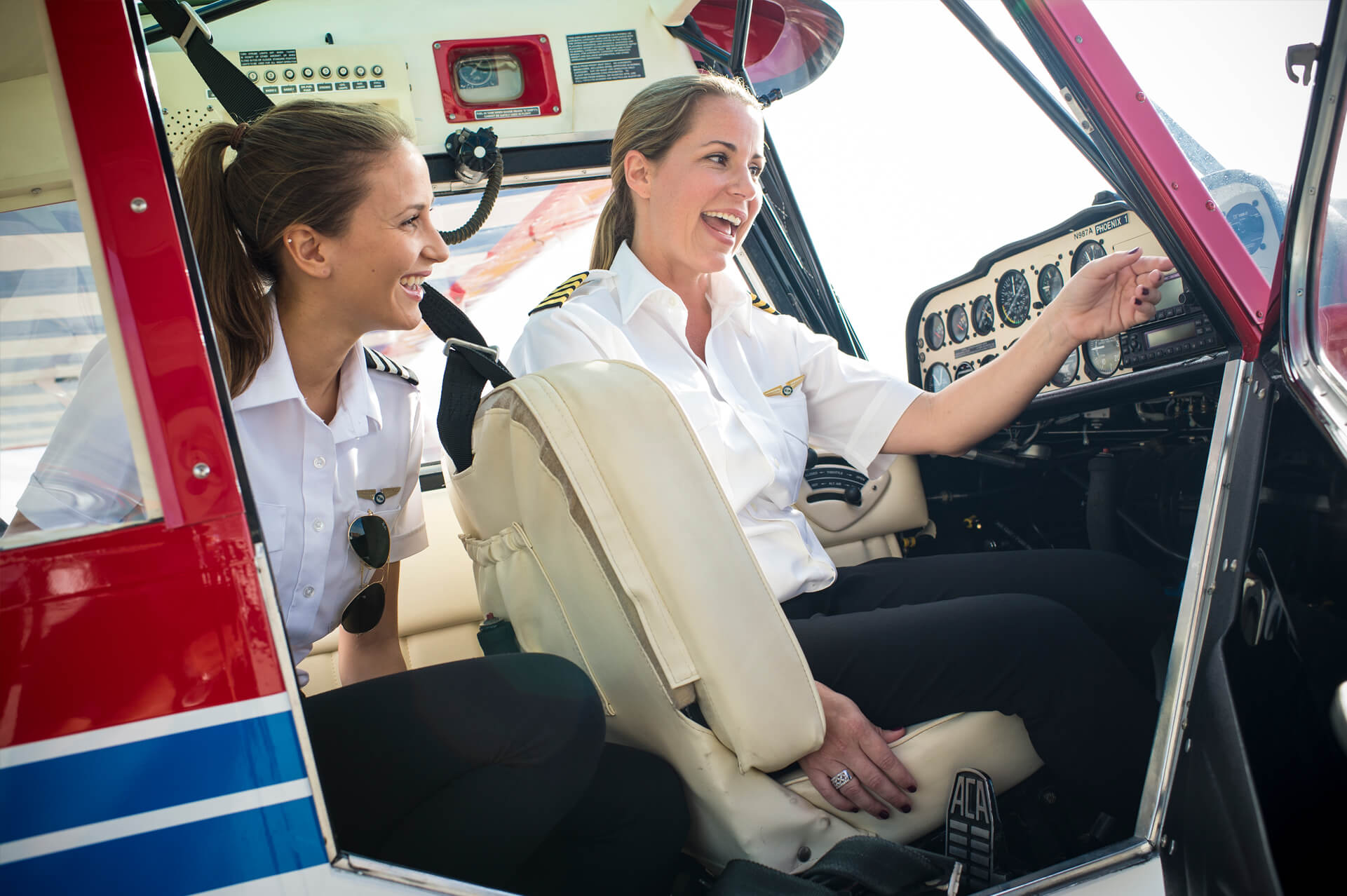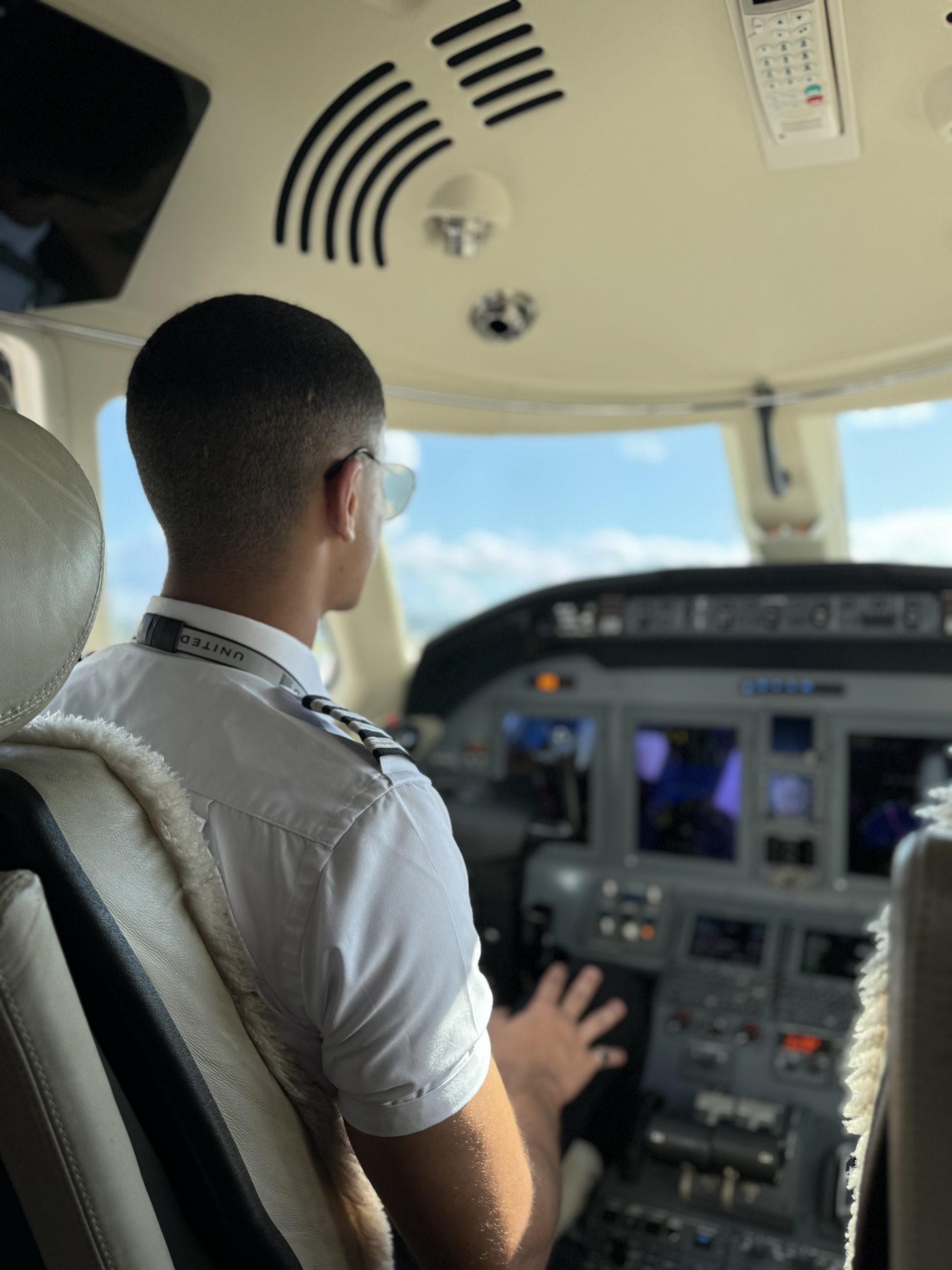5 Common Student Pilot Mistakes
Disregarding the Checklist
For most people, checklist usage is a new thing. Lots of new student pilots fail to understand the importance of using a checklist while flying. Even if you think you have a checklist memorized, it’s best to back it up with an actual checklist. It’s true that young, healthy students have good memories. But it’s also true that our memories fail us consistently. New pilots are often amazed at how forgetful they really are when an instructor points it out a few times each flight.
Not Enough Rudder
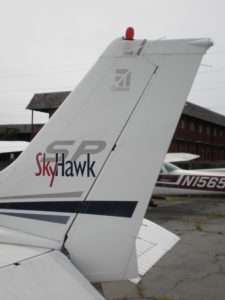 The rudder is a difficult thing to understand at first. Without a thorough understanding of the aircraft’s aerodynamic characteristics, it can be easy to forget that the rudder is even there. The rudder prevents yaw (turning of the aircraft about the vertical axis, or side to side), coordinates flight and allows for a smooth and efficient flight. Students are taught right away to apply rudder pressure during a turn to maintain coordination, but they often forget that rudder pressure is also need in the climbing phase of flight (like takeoff) and even in straight and level flight at times. Beginning pilots sometimes fail to use it entirely, which not only causes airsickness and annoys your instructor, but it puts the aircraft in an uncoordinated, unstable state. An uncoordinated aircraft can be dangerous if a stall or spin occurs, and especially dangerous in multi-engine aircraft.
The rudder is a difficult thing to understand at first. Without a thorough understanding of the aircraft’s aerodynamic characteristics, it can be easy to forget that the rudder is even there. The rudder prevents yaw (turning of the aircraft about the vertical axis, or side to side), coordinates flight and allows for a smooth and efficient flight. Students are taught right away to apply rudder pressure during a turn to maintain coordination, but they often forget that rudder pressure is also need in the climbing phase of flight (like takeoff) and even in straight and level flight at times. Beginning pilots sometimes fail to use it entirely, which not only causes airsickness and annoys your instructor, but it puts the aircraft in an uncoordinated, unstable state. An uncoordinated aircraft can be dangerous if a stall or spin occurs, and especially dangerous in multi-engine aircraft.
Staring at the Instruments
At first, the instruments in the aircraft can be difficult to interpret quickly. Your instructor will probably tell you to “watch your airspeed” and “check your altitude” a lot, but a good pilot is always dividing his attention between the inside and outside of the cockpit. Because interpreting instruments can take longer when you’re just beginning, student pilots have a tendency to fixate on the instruments inside the airplane when they should be looking outside. This is especially important in order to avoid a mid-air collision when you’re flying near airports or otherwise busy airspace. One way to avoid this is to ignore the instruments as much as possible in the beginning, only looking down quickly from time to time.
Overshooting Final
The turn from the base leg of the traffic pattern to the final leg of the pattern is a tricky one. You’re usually doing multiple things at once: reducing power, setting up a descent rate, communicating your intentions to the control tower, putting flaps down, maintaining airspeed, checking for traffic and painting the picture-perfect landing scenario. All of this happens quickly and many times a student will begin the turn to the final leg late, resulting in an overshoot situation. When you overshoot the runway, it can interfere with traffic on a parallel runway, and it can be difficult to recover to a stable approach. And it makes controllers angry.
Forgetting to Flare
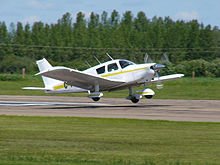 Landings are hard to get used to. One minute you’re aiming directly at the runway and the next you’re supposed to transition to a pitch-up attitude and land smoothly with the nose high. It’s a challenging transition to make and one that takes a lot of practice to master. Your instructor will probably repeatedly tell you to flare over and over again, and you’ll probably get tired of hearing it. But it’s true that many students flare too early or too late and land flat the first few times. Getting the flare just right is probably the most challenging and rewarding part of flying.
Landings are hard to get used to. One minute you’re aiming directly at the runway and the next you’re supposed to transition to a pitch-up attitude and land smoothly with the nose high. It’s a challenging transition to make and one that takes a lot of practice to master. Your instructor will probably repeatedly tell you to flare over and over again, and you’ll probably get tired of hearing it. But it’s true that many students flare too early or too late and land flat the first few times. Getting the flare just right is probably the most challenging and rewarding part of flying.


